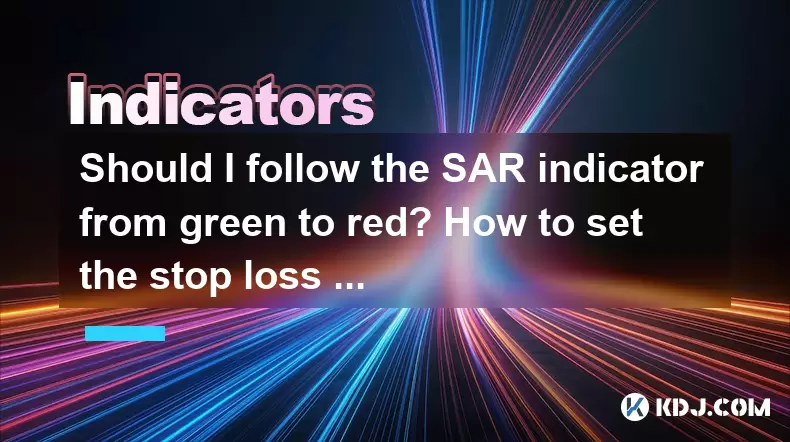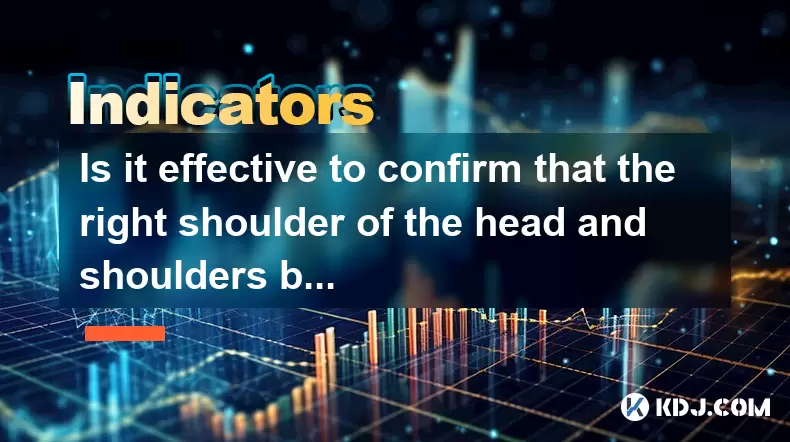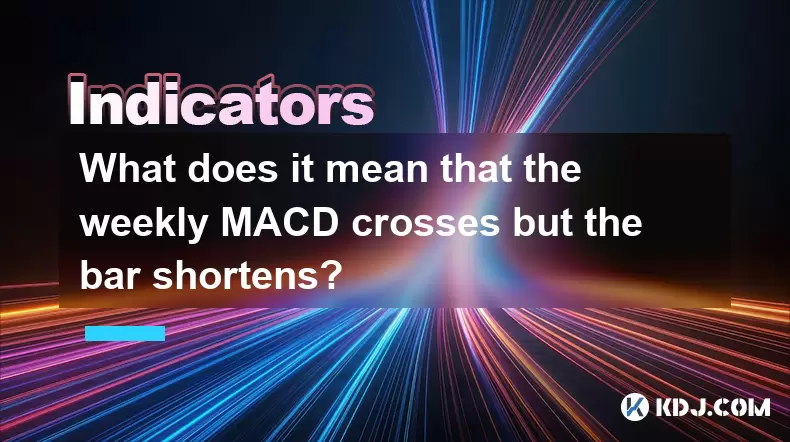-
 Bitcoin
Bitcoin $106,754.6083
1.33% -
 Ethereum
Ethereum $2,625.8249
3.80% -
 Tether USDt
Tether USDt $1.0001
-0.03% -
 XRP
XRP $2.1891
1.67% -
 BNB
BNB $654.5220
0.66% -
 Solana
Solana $156.9428
7.28% -
 USDC
USDC $0.9998
0.00% -
 Dogecoin
Dogecoin $0.1780
1.14% -
 TRON
TRON $0.2706
-0.16% -
 Cardano
Cardano $0.6470
2.77% -
 Hyperliquid
Hyperliquid $44.6467
10.24% -
 Sui
Sui $3.1128
3.86% -
 Bitcoin Cash
Bitcoin Cash $455.7646
3.00% -
 Chainlink
Chainlink $13.6858
4.08% -
 UNUS SED LEO
UNUS SED LEO $9.2682
0.21% -
 Avalanche
Avalanche $19.7433
3.79% -
 Stellar
Stellar $0.2616
1.64% -
 Toncoin
Toncoin $3.0222
2.19% -
 Shiba Inu
Shiba Inu $0.0...01220
1.49% -
 Hedera
Hedera $0.1580
2.75% -
 Litecoin
Litecoin $87.4964
2.29% -
 Polkadot
Polkadot $3.8958
3.05% -
 Ethena USDe
Ethena USDe $1.0000
-0.04% -
 Monero
Monero $317.2263
0.26% -
 Bitget Token
Bitget Token $4.5985
1.68% -
 Dai
Dai $0.9999
0.00% -
 Pepe
Pepe $0.0...01140
2.44% -
 Uniswap
Uniswap $7.6065
5.29% -
 Pi
Pi $0.6042
-2.00% -
 Aave
Aave $289.6343
6.02%
Should I follow the SAR indicator from green to red? How to set the stop loss point?
The SAR indicator helps crypto traders spot trend reversals, with a green-to-red shift signaling potential bearish moves, but should be confirmed with other tools to avoid false signals.
Jun 15, 2025 at 02:35 am

Understanding the SAR Indicator in Cryptocurrency Trading
The SAR (Stop and Reverse) indicator is a popular technical analysis tool used by cryptocurrency traders to identify potential reversals in price movement. It appears as a series of dots either above or below the price chart. When the dots transition from below the price to above, it signals a potential bearish reversal, often depicted as the SAR turning from green to red on certain platforms.
In crypto trading, where volatility is high and trends can reverse rapidly, understanding how the SAR indicator behaves becomes crucial for making informed decisions. However, interpreting its signals correctly is essential to avoid premature exits or missed opportunities.
Important Note: The color change from green to red is not a universal standard across all platforms. Traders must confirm their charting software's interpretation before acting solely based on color shifts.
How Does the SAR Indicator Work?
The SAR indicator was developed by Welles Wilder and functions best in trending markets. In an uptrend, the SAR dots appear below the price, suggesting that traders should maintain long positions. As the trend weakens or reverses, the dots flip to above the price, indicating a possible downtrend.
- In bullish scenarios, the SAR moves upward along with the price.
- In bearish scenarios, the SAR dots rise faster and eventually surpass the current price level.
When this shift occurs, many traders interpret it as a signal to close long positions or open short ones. This is what’s commonly referred to as the green-to-red switch in some trading interfaces.
However, false signals are common during sideways or choppy market conditions. Therefore, using SAR alone may lead to whipsaw losses unless combined with other confirming indicators like moving averages or RSI.
Should You Follow the SAR Signal from Green to Red?
Whether to follow the SAR indicator from green to red depends on several factors:
Market Trend Confirmation: Before acting on a SAR reversal, ensure that the broader trend supports the signal. If the price has been rising steadily and suddenly dips, but volume remains low, the SAR might give a premature sell signal.
Timeframe Sensitivity: On shorter timeframes like 5-minute or 15-minute charts, the SAR can be overly sensitive. In contrast, on daily or weekly charts, its signals tend to be more reliable.
Confirmation Tools: Always cross-reference with tools like MACD or candlestick patterns. For example, if the SAR turns red and you also see a bearish engulfing pattern, the likelihood of a real reversal increases.
Crypto-Specific Behavior: Due to the high volatility of cryptocurrencies, SAR signals may lag behind actual price action. Thus, it's safer to treat the red signal as a warning rather than a command to exit immediately.
Setting Stop Loss Points Using the SAR Indicator
One of the primary uses of the SAR indicator is to dynamically adjust stop loss levels. Here’s how to set your stop loss effectively:
For Long Positions: Place your stop loss just below the latest SAR dot. As the trend progresses upwards, the SAR moves higher, allowing you to trail your stop loss accordingly.
For Short Positions: Set your stop loss just above the SAR dot when you're in a bearish trade. As the SAR rises with each new bar, you can move your stop loss up to protect profits.
Adjust Frequency: Since SAR recalculates with every new candlestick, you should update your stop loss after each completed candle. Avoid adjusting mid-candle to prevent unnecessary exposure.
Risk Management Integration: Combine SAR-based stop loss points with percentage-based stops. For instance, if the SAR suggests a stop at $48,000 for Bitcoin, but your strategy limits risk to 2% of capital, use whichever is tighter.
This method allows you to lock in gains while letting winning trades run, which is especially useful in strong trending moves within crypto markets.
Best Practices for Using SAR in Crypto Trading Platforms
To maximize the utility of the SAR indicator in your crypto trading setup:
Use Compatible Platforms: Ensure your trading platform supports SAR and allows customization. Popular platforms like TradingView, Binance, and Bybit offer SAR integration.
Customize Acceleration Factor: The default acceleration factor is usually set at 0.02, increasing by 0.02 until a maximum of 0.2. Adjusting this can make the SAR more responsive or smoother depending on your trading style.
Overlay with Volume Indicators: High volume accompanying a SAR reversal adds credibility to the signal. A sudden spike in volume when SAR turns red could indicate strong selling pressure.
Avoid Overtrading: Don’t enter or exit trades solely based on SAR flips. Wait for confirmation through additional tools or price action.
Backtest Your Strategy: Use historical data to test how effective SAR has been in past trades. Many platforms allow backtesting with SAR overlays to refine entry and exit strategies.
These practices help reduce noise and improve decision-making accuracy when dealing with fast-moving crypto assets.
Frequently Asked Questions
Q: Can the SAR indicator be used for scalping in crypto?
A: While technically possible, SAR is less effective for scalping due to its sensitivity and tendency to generate frequent false signals on small timeframes. It works better for swing or position trading.
Q: What happens if the SAR keeps flipping between red and green rapidly?
A: Rapid flipping indicates a sideways or consolidating market. During such periods, it’s advisable to pause SAR-based trading or combine it with range-bound indicators like Bollinger Bands or support/resistance levels.
Q: How does the SAR compare to trailing stop orders on exchanges?
A: Unlike static trailing stops, SAR dynamically adjusts based on price acceleration. However, exchange-based trailing stops execute automatically once triggered, whereas SAR is a visual guide requiring manual execution unless integrated into automated bots.
Q: Is the SAR suitable for altcoin trading?
A: Yes, but with caution. Altcoins often exhibit erratic price movements. SAR may provide delayed or misleading signals unless paired with stronger momentum indicators like Awesome Oscillator or Volume Profile.
Disclaimer:info@kdj.com
The information provided is not trading advice. kdj.com does not assume any responsibility for any investments made based on the information provided in this article. Cryptocurrencies are highly volatile and it is highly recommended that you invest with caution after thorough research!
If you believe that the content used on this website infringes your copyright, please contact us immediately (info@kdj.com) and we will delete it promptly.
- 2025-W Uncirculated American Gold Eagle and Dr. Vera Rubin Quarter Mark New Products
- 2025-06-13 06:25:13
- Ruvi AI (RVU) Leverages Blockchain and Artificial Intelligence to Disrupt Marketing, Entertainment, and Finance
- 2025-06-13 07:05:12
- H100 Group AB Raises 101 Million SEK (Approximately $10.6 Million) to Bolster Bitcoin Reserves
- 2025-06-13 06:25:13
- Galaxy Digital CEO Mike Novogratz Says Bitcoin Will Replace Gold and Go to $1,000,000
- 2025-06-13 06:45:13
- Trust Wallet Token (TWT) Price Drops 5.7% as RWA Integration Plans Ignite Excitement
- 2025-06-13 06:45:13
- Ethereum (ETH) Is in the Second Phase of a Three-Stage Market Cycle
- 2025-06-13 07:25:13
Related knowledge

How to interpret the low opening the next day after the long lower shadow hits the bottom?
Jun 18,2025 at 12:22am
Understanding the Long Lower Shadow Candlestick PatternIn technical analysis, a long lower shadow candlestick is often seen as a potential reversal signal in a downtrend. This pattern occurs when the price opens, trades significantly lower during the session, but then recovers to close near the opening price or slightly above. The long wick at the botto...

How to operate the RSI indicator repeatedly in the 40-60 range?
Jun 18,2025 at 12:56am
Understanding the RSI Indicator and Its RelevanceThe Relative Strength Index (RSI) is a momentum oscillator widely used in cryptocurrency trading to measure the speed and change of price movements. Typically, the RSI ranges from 0 to 100, with levels above 70 considered overbought and below 30 considered oversold. However, when the RSI repeatedly stays ...

How strong is the MACD golden cross below the zero axis?
Jun 17,2025 at 11:00pm
Understanding the MACD Indicator in Cryptocurrency TradingThe Moving Average Convergence Divergence (MACD) is one of the most widely used technical indicators among cryptocurrency traders. It helps identify potential trend reversals, momentum shifts, and entry or exit points. The MACD consists of three main components: the MACD line, the signal line, an...

How effective is the golden cross of the William indicator double line in the oversold area?
Jun 17,2025 at 11:56pm
Understanding the William Indicator and Its Double Line SetupThe William %R (Williams Percent Range) is a momentum oscillator used to identify overbought or oversold conditions in a market. It ranges from 0 to -100, with readings above -20 considered overbought and below -80 deemed oversold. The double line setup refers to plotting two different timefra...

Is it effective to confirm that the right shoulder of the head and shoulders bottom volume at the 30-minute level is enlarged?
Jun 17,2025 at 11:42pm
Understanding the Head and Shoulders Pattern in Cryptocurrency TradingThe head and shoulders pattern is one of the most recognized reversal patterns in technical analysis, especially within cryptocurrency trading. It typically signals a potential shift from a bullish trend to a bearish one. This pattern consists of three peaks: the left shoulder, the he...

What does it mean that the weekly MACD crosses but the bar shortens?
Jun 18,2025 at 01:07am
Understanding the MACD IndicatorThe Moving Average Convergence Divergence (MACD) is a popular technical analysis tool used in cryptocurrency trading to identify potential trend reversals and momentum shifts. It consists of three main components: the MACD line, the signal line, and the histogram (also known as the bar). The MACD line is calculated by sub...

How to interpret the low opening the next day after the long lower shadow hits the bottom?
Jun 18,2025 at 12:22am
Understanding the Long Lower Shadow Candlestick PatternIn technical analysis, a long lower shadow candlestick is often seen as a potential reversal signal in a downtrend. This pattern occurs when the price opens, trades significantly lower during the session, but then recovers to close near the opening price or slightly above. The long wick at the botto...

How to operate the RSI indicator repeatedly in the 40-60 range?
Jun 18,2025 at 12:56am
Understanding the RSI Indicator and Its RelevanceThe Relative Strength Index (RSI) is a momentum oscillator widely used in cryptocurrency trading to measure the speed and change of price movements. Typically, the RSI ranges from 0 to 100, with levels above 70 considered overbought and below 30 considered oversold. However, when the RSI repeatedly stays ...

How strong is the MACD golden cross below the zero axis?
Jun 17,2025 at 11:00pm
Understanding the MACD Indicator in Cryptocurrency TradingThe Moving Average Convergence Divergence (MACD) is one of the most widely used technical indicators among cryptocurrency traders. It helps identify potential trend reversals, momentum shifts, and entry or exit points. The MACD consists of three main components: the MACD line, the signal line, an...

How effective is the golden cross of the William indicator double line in the oversold area?
Jun 17,2025 at 11:56pm
Understanding the William Indicator and Its Double Line SetupThe William %R (Williams Percent Range) is a momentum oscillator used to identify overbought or oversold conditions in a market. It ranges from 0 to -100, with readings above -20 considered overbought and below -80 deemed oversold. The double line setup refers to plotting two different timefra...

Is it effective to confirm that the right shoulder of the head and shoulders bottom volume at the 30-minute level is enlarged?
Jun 17,2025 at 11:42pm
Understanding the Head and Shoulders Pattern in Cryptocurrency TradingThe head and shoulders pattern is one of the most recognized reversal patterns in technical analysis, especially within cryptocurrency trading. It typically signals a potential shift from a bullish trend to a bearish one. This pattern consists of three peaks: the left shoulder, the he...

What does it mean that the weekly MACD crosses but the bar shortens?
Jun 18,2025 at 01:07am
Understanding the MACD IndicatorThe Moving Average Convergence Divergence (MACD) is a popular technical analysis tool used in cryptocurrency trading to identify potential trend reversals and momentum shifts. It consists of three main components: the MACD line, the signal line, and the histogram (also known as the bar). The MACD line is calculated by sub...
See all articles

























































































